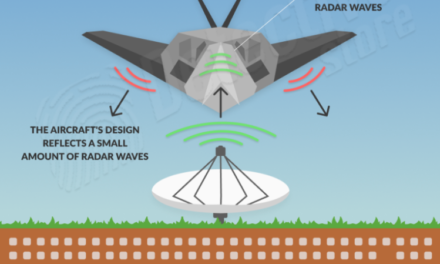Chemical, ion, and nuclear propulsion systems differ significantly in their principles of operation, performance characteristics, and suitability for various types of space missions. Each system has strengths and limitations that make it better suited for specific mission requirements. Here’s a detailed comparison of these propulsion systems:
1. Chemical Propulsion
Principle of Operation
- Chemical propulsion systems generate thrust by combusting a fuel and oxidizer, producing high-temperature, high-pressure gases that are expelled through a nozzle to generate thrust.
Key Features
- High Thrust:
- Delivers substantial force, making it ideal for launch and rapid maneuvers.
- Short Burn Duration:
- Most effective for missions requiring quick, high-energy burns.
- Fuel Efficiency:
- Relatively low specific impulse (I*sp), meaning higher fuel consumption compared to other systems.
Advantages
- Rapid Acceleration:
- Capable of producing the high thrust needed to escape Earth’s gravity or perform rapid orbital adjustments.
- Mature Technology:
- Well-established and widely used, with reliable performance.
- Flexibility:
- Suitable for both launch and in-space propulsion.
Disadvantages
- Low Efficiency:
- High propellant consumption limits long-duration missions.
- Limited Mission Duration:
- Fuel constraints make it unsuitable for extended deep-space missions.
Use Cases
- Launch vehicles (e.g., Saturn V, Falcon 9).
- Orbital insertion and adjustments.
- Planetary landers and ascent stages.
Examples
- Liquid oxygen (LOX) and liquid hydrogen (LH2) engines (e.g., Space Shuttle Main Engine).
- Solid rocket boosters (e.g., those used on the Space Shuttle).
2. Ion Propulsion
Principle of Operation
- Ion propulsion systems use electric fields to accelerate charged particles (ions) to extremely high velocities, producing thrust.
Key Features
- High Efficiency:
- Extremely high specific impulse (I*sp), consuming far less propellant compared to chemical propulsion.
- Low Thrust:
- Produces continuous but low levels of thrust, making it ideal for gradual velocity changes.
Advantages
- Fuel Efficiency:
- Enables long-duration missions with minimal propellant mass.
- Precision:
- Highly controllable for fine trajectory adjustments.
- Extended Mission Range:
- Suitable for deep-space exploration where fuel conservation is critical.
Disadvantages
- Low Thrust:
- Cannot overcome strong gravitational forces, so not suitable for launch.
- Power Dependency:
- Requires significant electrical power, typically supplied by solar panels or nuclear power sources.
- Long Burn Duration:
- Achieves desired velocities over extended periods, making it slower than chemical propulsion for certain tasks.
Use Cases
- Long-duration deep-space missions.
- Orbital station-keeping for satellites.
- Interplanetary probes requiring efficient propulsion over vast distances.
Examples
- NASA’s Dawn spacecraft (used ion thrusters for its mission to Vesta and Ceres).
- BepiColombo mission to Mercury.
3. Nuclear Propulsion
Principle of Operation
- Nuclear Thermal Propulsion (NTP):
- A nuclear reactor heats a propellant (e.g., hydrogen), which is expelled through a nozzle to generate thrust.
- Nuclear Electric Propulsion (NEP):
- A nuclear reactor generates electricity to power ion or plasma thrusters.
Key Features
- High Thrust (NTP):
- Higher thrust than ion propulsion, but lower than chemical systems.
- High Efficiency (NEP):
- Combines the efficiency of electric propulsion with the energy density of nuclear power.
Advantages
- High Energy Density:
- Provides sustained power for long-duration missions.
- Dual Use (NEP):
- Generates electricity for spacecraft systems while powering propulsion.
- Longer Mission Durations:
- Suitable for extended missions where solar power is insufficient (e.g., outer planets or deep space).
Disadvantages
- Complexity:
- More technically challenging to develop and operate than chemical or ion systems.
- Regulatory and Safety Concerns:
- Requires stringent safety measures to handle and launch nuclear material.
- Weight:
- Nuclear reactors add significant mass to the spacecraft.
Use Cases
- Crewed missions to Mars and beyond.
- Deep-space exploration (e.g., missions to outer planets or interstellar probes).
- Missions requiring high power output far from the Sun.
Examples
- Proposed concepts for NASA’s Mars missions using nuclear thermal propulsion.
- NEP designs for interplanetary spacecraft, such as the Prometheus program.
Choosing the right propulsion system depends on the mission’s requirements for thrust, efficiency, duration, and payload capacity. Future advancements may blend these technologies for even greater mission flexibility and performance.













